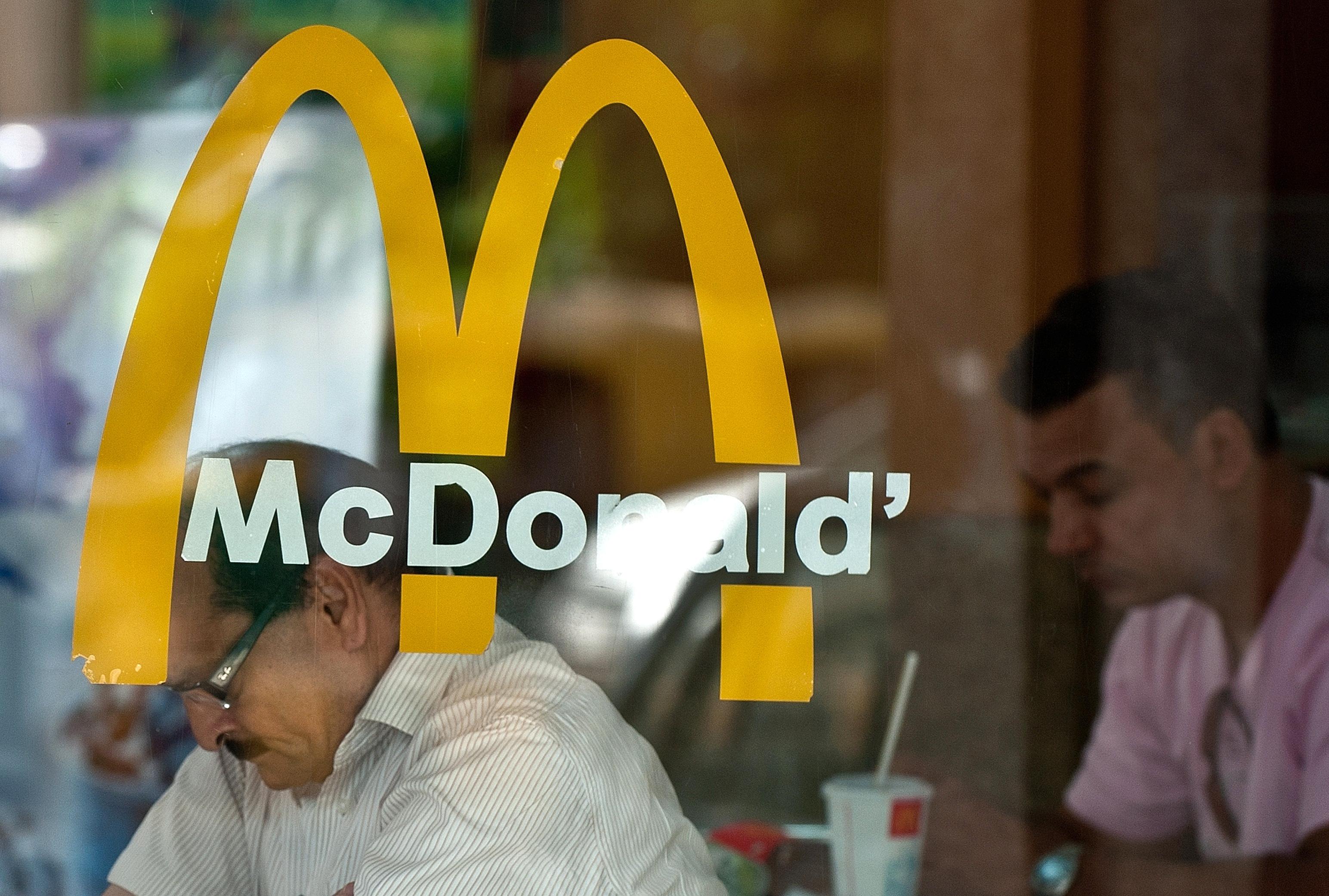Today, “group-buying” site LivingSocial launched a McDonald’s deal offering $26 worth of Big Macs and fries for $13. This follows the smashing success of one of their September food offers, $20 worth of Whole Foods for $10, which sold out one million vouchers in 14 hours—an average of 70,000 per hour. Commentators speculate that LivingSocial hopes to replicate that success with the McDonald’s deal, while also picking up customers at the lower end of the daily-deal market.
How’s it going? So far, not nearly as well. As of 2:00 PM—eight hours into today’s deal—LivingSocial had only sold about 150,000 vouchers. “We don’t specifically trend-track over time for individual deals,” a LivingSocial representative said. “But we may be tracking slightly less than Whole Foods.”
Does this tell us something about the way social networking can affect our eating habits? Perhaps. People may be less inclined to brag to their friends on Twitter and Facebook—key social-buying vehicles—about Big Mac coupons than they are about the great deal they just got at a more upscale spot like Whole Foods. Though LivingSocial didn’t comment on the number of “Me Plus Three” (get three friends to buy, and you get the product for free) deals it sold for Whole Foods, it seems likely that the McDonald’s deal is yielding far fewer.
Of course, the demographics of Living Social customers also likely plays a role. According to Nielsen, more than half of LivingSocial customers earn more than $150,000 a year, nearly half are college educated, and one-third are between the ages of 21 and 34. Some LivingSocial buyers may even live closer to a Whole Foods than a McDonalds, as unlikely as that sounds: Though there are many more McDonald’s than Whole Foods, Whole Foods primarily populates affluent locations where LivingSocial’s well-off customers are more likely to live.
The flagging McDonald’s sale suggests that it might take more than cheap hamburgers to break into a more downscale market. And it echoes something that observers of the fledgling group-buying market have said before: Social buying services so far seem much better at giving consumers deals to retailers they already patronize than helping retailers acquire new, loyal customers.
